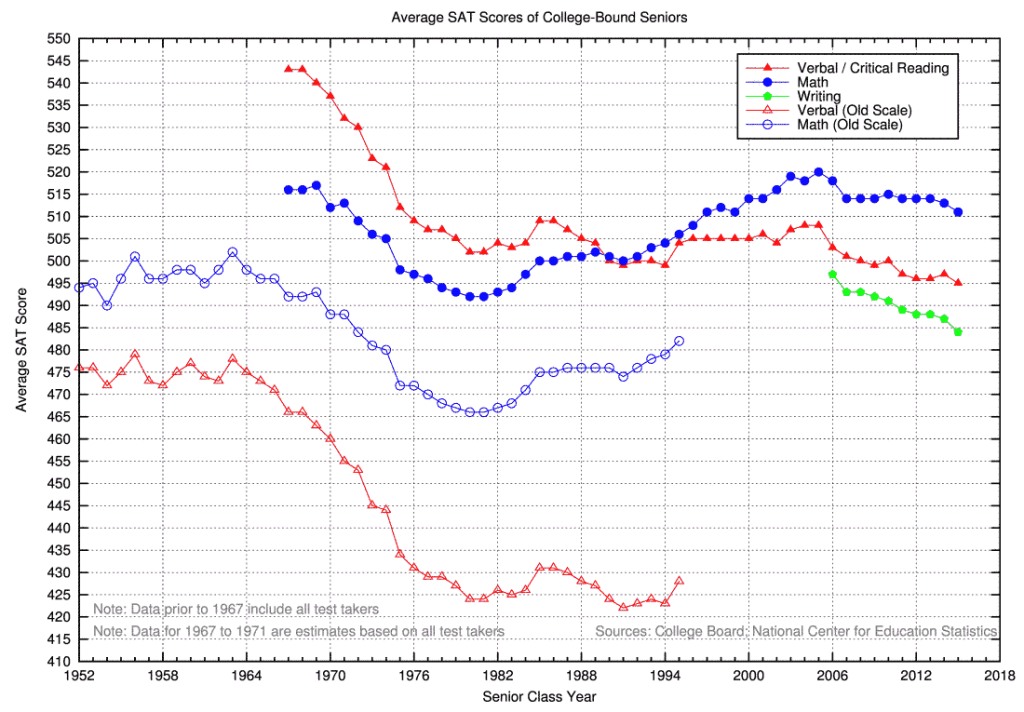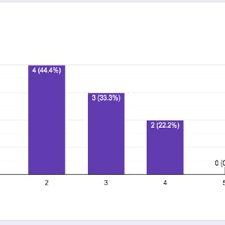Getting into a college is a dream for many students. However, some colleges have such competitive admission processes that the chances of getting accepted are slim. These colleges are the ones with the lowest acceptance rates, and they attract the best and the brightest.
While the number of applicants keeps rising every year, the number of students who successfully get admitted remains low.
In this article, we will take a closer look at some of the colleges with the lowest acceptance rates and what makes them so competitive. We will also discuss some tips and tricks that can help you improve your chances of getting admitted to these highly selective colleges.
What Does Acceptance Rate Mean in Colleges?
In the world of academia, the acceptance rate is a big deal. It’s the percentage of students that a college or university admits from the total number of applicants. For example, if a college receives 10,000 applications and admits 1,000 students, its acceptance rate would be 10%.
Lower acceptance rates typically indicate more competitive colleges but remember, it’s not the only factor to consider when choosing your dream college.
Top 15 Colleges With the Lowest Acceptance Rate
Here is the list of the top 15 colleges with the lowest acceptance rates:
| Rank | University | Acceptance Rate |
| 1 | Harvard University | 3.43% |
| 2 | Stanford University | 3.95% |
| 3 | California Institute of Technology | 6.7% |
| 4 | Massachusetts Institute of Technology | 6.8% |
| 5 | Yale University | 6.9% |
| 6 | Princeton University | 6.9% |
| 7 | Columbia University | 6.9% |
| 8 | University of Chicago | 6.47% |
| 9 | Duke University | 6.5% |
| 10 | Brown University | 7.1% |
| 11 | Dartmouth College | 7.3% |
| 12 | Cornell University | 7.3% |
| 13 | University of Pennsylvania | 7.9% |
| 14 | Williams College | 12.5% |
| 15 | Amherst College | 13.6% |
Things to Consider When Researching College Acceptance Rates
If you are looking for colleges with the lowest acceptance rates, here are a few things you can keep in mind while doing your research:
1. Consider the total number of applicants when interpreting the acceptance rate

When looking at the acceptance rate, it’s important to also consider the total number of applicants. Colleges with a high number of applicants may have lower acceptance rates simply because they have more applications to reject. Therefore, don’t let a low acceptance rate scare you off; it might just mean that the college is quite popular!
2. Compare your SAT and GPA scores to the average scores of accepted students at the school

Next, consider your academic standing. If your SAT scores and GPA are well above the average for admitted students at a college, you may have a good shot at getting in, despite a low acceptance rate.
3. Evaluate the enrollment percentage in relation to the acceptance rate to gauge student interest

It’s also worthwhile to look at the enrollment percentage alongside the acceptance rate. This tells you how many admitted students actually chose to attend. A high enrollment rate could indicate that the school is a popular choice among those accepted.
4. Factor in tuition, fees, and financial aid offerings when assessing the acceptance rate

Financial considerations are also crucial. Some colleges with low acceptance rates are also quite expensive. However, they might offer generous financial aid packages. Make sure to weigh these factors when considering colleges with low acceptance rates.
5. Compare acceptance rates among different colleges while considering other relevant criteria

Finally, remember to compare acceptance rates among different colleges. But don’t forget to consider other factors, like academic programs, location, campus culture, and opportunities for extracurricular activities.
Benefits of Colleges with Low Acceptance Rates
Colleges with lower acceptance rates offer a variety of benefits that can enhance your academic and professional development. Let’s dive deeper into some of these benefits:
- High-quality education: Colleges with lower acceptance rates typically have a more selective admission process which allows them to attract highly qualified students, resulting in a more challenging academic environment. This environment fosters critical thinking, intellectual curiosity, and a love of learning.
- Renowned faculty: Colleges with lower acceptance rates often have faculty members who are experts in their fields and are dedicated to advancing knowledge through research, scholarship, and teaching. These faculty members are often highly sought after and respected in their respective fields.
- Competitive and motivated student body: Attending a college with a lower acceptance rate means that you will be surrounded by students who are driven, ambitious, and passionate about their education. This environment can inspire you to push yourself academically and personally.
- Strong alumni network: Colleges with lower acceptance rates often have a strong and influential alumni network. This network can provide you with valuable connections and opportunities throughout your academic and professional career.
- Access to more resources and funding: Colleges with lower acceptance rates often have more resources and funding available for academic programs, research, and student activities. This can provide you with more opportunities to explore your interests and pursue your goals.
- Prestige and recognition in the academic and professional world: Attending a college with a lower acceptance rate can give you a sense of pride and achievement, as it is often seen as a prestigious accomplishment. This can also help you stand out when applying for jobs or graduate programs, as employers and admissions committees often view these colleges favorably.
Does the Acceptance Rate Matter?
Does the acceptance rate define a college? Not necessarily. While it can be an indicator of a college’s competitiveness, it doesn’t determine the quality of education or your personal experience at the college. It’s essential to choose a college that fits your academic, financial, and social needs, regardless of its acceptance rate.
Deals For Students
We have also shared exclusive student deals that you can claim right now. In these deals, you will find discount offers on Grammarly that work for everyone, and you can claim this deal from the Grammardiscount.co.uk website.
Conclusion: Lowest Acceptance Rate College
Deciding on a college is a significant decision. While acceptance rates can give some insight into a college’s competitiveness, it’s just one of many factors to consider. Ensure the college you choose meets your academic goals, fits your budget, and provides an environment where you can thrive. So, don’t just chase low acceptance rates—pursue a college that feels right for you.
Related read:
FAQs
The term “good” is subjective when it comes to acceptance rates. It depends on your perspective. Lower acceptance rates are typically associated with more prestigious, competitive colleges, but higher acceptance rates can mean the college is accessible to a broader range of students.
Not necessarily. While colleges with lower acceptance rates often have rigorous academic programs and esteemed faculty, the quality of education can vary greatly between institutions, regardless of acceptance rates.
It’s possible. Colleges look at a variety of factors during the admission process, including your essays, letters of recommendation, extracurricular activities, and interviews. So, even if your grades aren’t perfect, other aspects of your application can help you stand out.
Not always. While some prestigious colleges with low acceptance rates can be expensive, many also offer generous financial aid packages to help offset the cost.
If you believe the college is a good fit for your academic and personal goals, then absolutely! Just make sure to also apply to a range of colleges with varying acceptance rates to increase your chances of admission.

